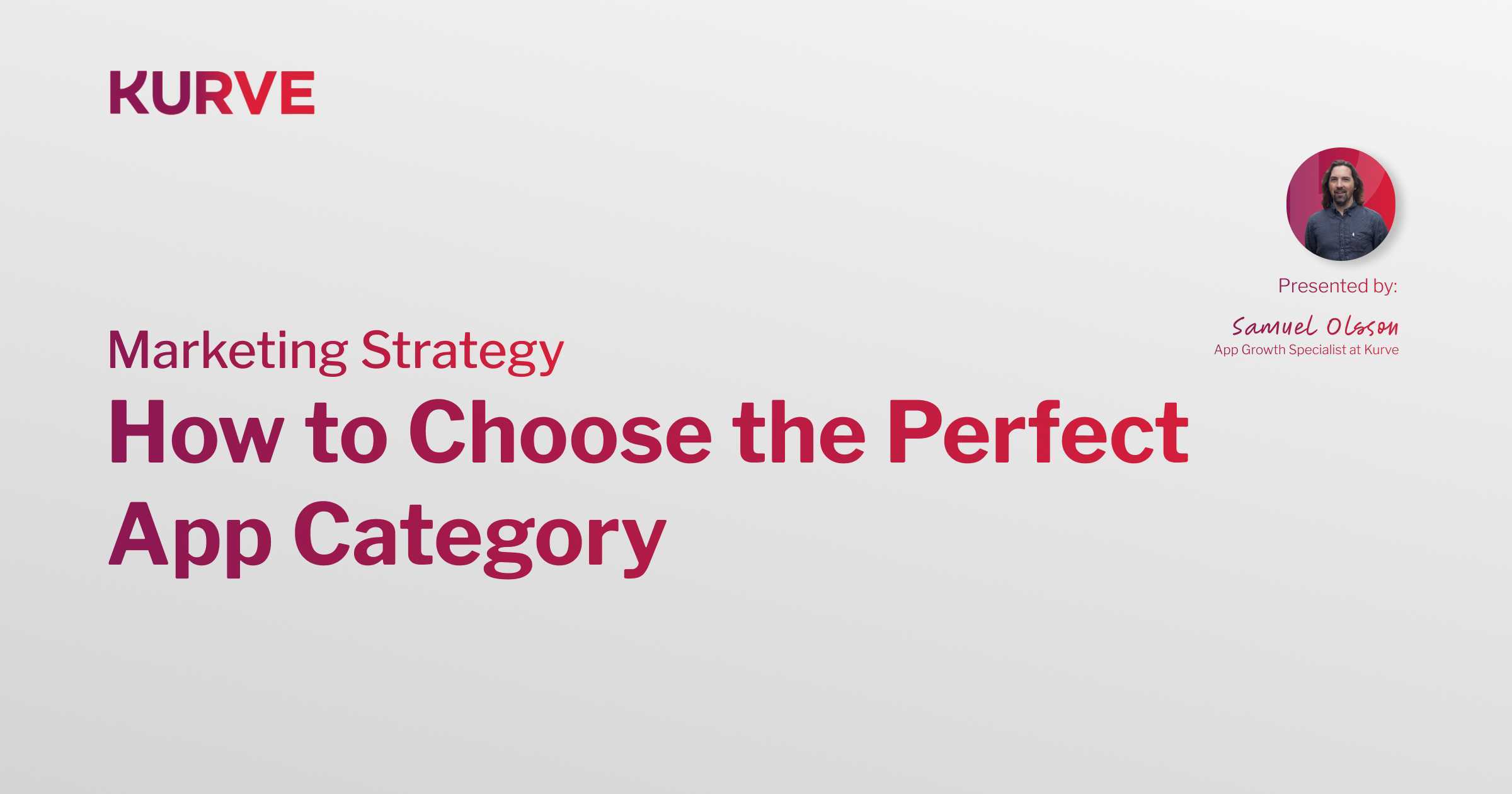Stop Click Fraud from Killing Your Growth Stack (and eating your ad budget)
Introduction
You’ve just closed your Series A. You’ve scaled ad spend, hired a performance marketer, and launched your creative sprints. But something still feels off. Your dashboards look good, CPIs are down, conversions are up, but all you’re getting are installs with zero intent.
This post reveals the dark side of performance marketing: click fraud. It’s draining your growth budget, feeding your algorithm fake signals, and eroding your CAC behind the scenes. If you’re scaling a digital consumer brand or app, here’s how to get ahead of it.
Quick Summary Table
| Growth Risk | What’s Happening | Real-World Signal from Founders | How to Fix It |
|---|---|---|---|
| Bot-Driven Clicks | Ad networks deliver clicks from bots | “1 in 10 leads has a weird name, no memory of us” | Audit user sessions and run a click fraud detection layer |
| Algorithm Pollution | Bots trigger fake conversions | “Fake Calendly bookings, abandoned carts, ghost app installs” | Optimise for purchases only, cut Display/Search Partner networks |
| Retargeting Fraud | Bots simulate search > click > convert | “High-cost law/finance clicks with no downstream activity” | Use manual targeting, exclude low-quality placements |
Key Focus Areas
What Is Click Fraud and Why It Matters
Click fraud isn't just a problem for big brands. It’s estimated to cost advertisers $100–120B globally by 2027, and early-stage startups are the easiest targets because they often lack fraud protection tools and rely on platforms like PMax, Meta Ads, and TikTok Ads to scale fast.
Click fraud works like this:
- Fraudsters create websites, join ad networks (Google, Meta, Microsoft, etc.), and place ads.
- Bots simulate real visitors. They click, convert, and behave like users, but they’re automated.
These bots:
- Fill out forms with real user data scraped online
- Trigger signups, bookings, even abandoned carts
- Train ad algorithms to seek more bot-like users
“Bots submit Calendly bookings. Fake lead signs up. Sales team wastes time chasing ghosts.” – Reddit growth lead

How Click Fraud Shows Up in Startups
- 30–70% of leads can’t be reached, claim they never filled out your form.
- Spike in CTRs/CPCs, but downstream engagement (demo, app usage, purchase) lags behind.
- App campaigns get installs with 0% retention or app opens.
- Checkout abandon rates soar with no user follow-up possible.
Why Ad Platforms Won’t Save You
Google and Meta benefit from click fraud—they still get paid, even when clicks come from bots.
Former ad engineers interviewed on Reddit confirm:
“Proposing fraud detection internally would get you fired. It reduces profit.”
“Search Partners and PMax guarantee you’ll see click fraud.”
These networks don’t proactively shut down fraud rings unless there's PR fallout. You’re on your own unless you actively filter traffic.

What Founders Are Saying vs What’s Actually Happening
| What Founders Believe | What Actually Happens |
|---|---|
| “Low CPC, high CTR = my campaign is working” | Bots are cheap and click often. Real growth metrics are buried. |
| “Meta is killing it this month” | 60% of your conversions may be automated form fills or fake bookings. |
| “Retargeting is scaling us nicely” | Bots fake interest, get retargeted, and drain your budget repeatedly. |
How Series A Founders Can Take Control
Growth Stack Hygiene: Prevention Beats Reaction
- Exclude Display and Search Partner networks from Google Ads.
- Turn off Performance Max unless paired with proper bot detection.
- Track only meaningful conversions: purchases, trial activations, subscriptions.
- Delay retargeting triggers until human engagement (e.g., scroll depth or session time).
- Use fraud prevention tools: Polygraph, Human Security, or DataDome.
Retarget With Clean Data Only
- Run session replays to verify human behaviour.
- Filter out IPs and fingerprints associated with click farms.
- Use server-side validation to block fake leads from entering your CRM.
Empower Your Team to Ask the Right Questions
Your marketing lead should ask:
- “What % of our leads respond to outreach?”
- “Are we optimising for real conversion or just lead volume?”
- “What happens after the click?”
If they can’t answer, your growth system needs a reset.
What This Means for Founders
Founders at Series A need velocity, not vanity metrics. If you’re paying for fake clicks, you’re not scaling—you’re sponsoring fraud. Cleaning your growth stack now means:
- Real leads.
- Lower CAC.
- Healthier CAC:LTV ratio.
- Trust between your growth and sales teams.
Kurve helps founders audit and rebuild their growth engines for performance, not perception.
Sources and External Signals
- Juniper Research: Ad fraud will reach $100B+ by 2027
- Pixalate 2024 Q3: Display click fraud >20% in EMEA
- Spider AF 2023: 143M fake clicks = $100M+ wasted
- Reddit click fraud expert thread: https://www.reddit.com/r/clickfraud
- DataDome, Human Security, Polygraph
What the Market Says About Kurve
At Kurve, we work with Series A+ consumer tech brands and mobile apps to build performance-ready, fraud-free growth stacks. Whether you’re scaling a paid engine or blending in referrals, UGC, or influencer growth, it all starts with trust in your data.
Frequently Asked Questions
How do I know if click fraud is affecting me?
Look for ghost leads, abandoned app events, and poor CRM match rates. Use bot detection tools and human session audits.
Should I stop using Performance Max?
Only use it with strong exclusions, deep conversion tracking, and third-party validation. Otherwise, yes, cut it.
What’s the best conversion event to optimise for?
Track purchases or trials. Avoid leads, pageviews, or form completions as primary goals, they’re easily faked.


